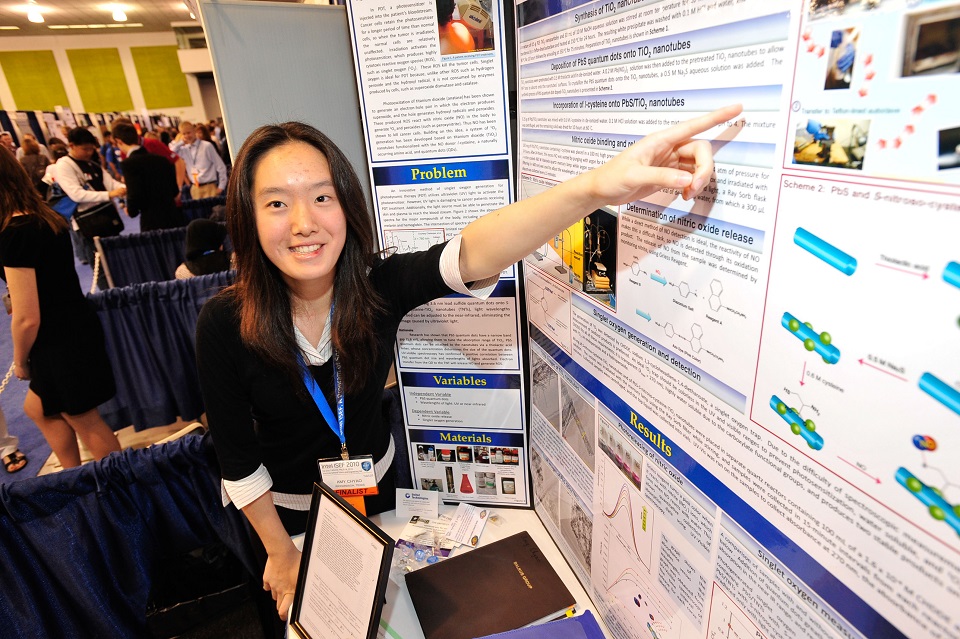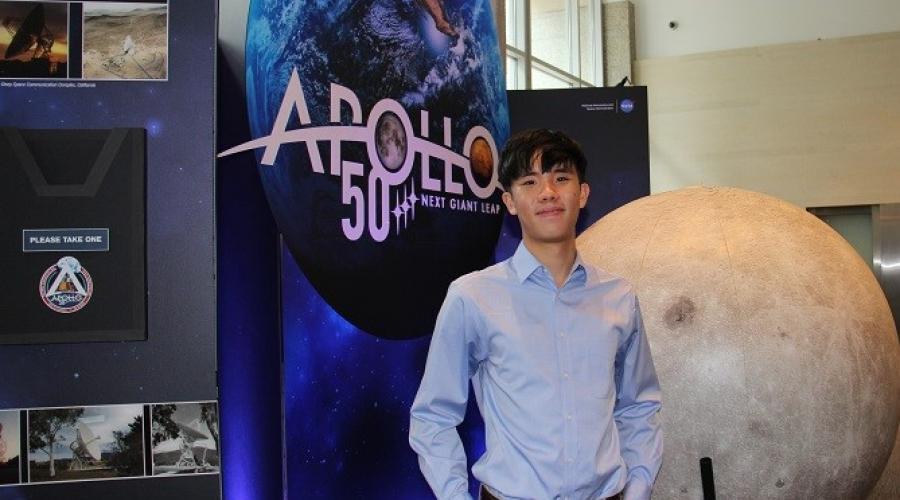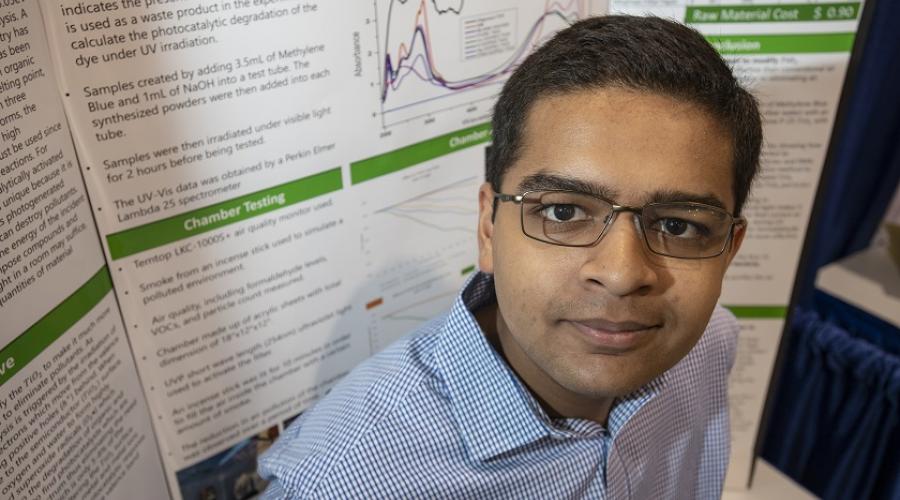From Top College Prankster to Cowboy Electrical Engineer
By Caitlin Jennings, Communications Coordinator, Society for Science & the Public
In May of 1999, rumors flew around the University of Chicago campus: had two students really built a nuclear reactor? It had been one of the items on the annual scavenger hunt, but it had been a joke. There were always a few items no one was really expected to get, Fred Niell (ISEF 1993, 1994, 1995) says, and, that year “the lunatic item was ‘build a nuclear reactor and demonstrate it for the judges.’”
However, Fred and his roommate, also a physics major, realized that, as long as they weren’t trying to make much energy, it was possible to construct a nuclear reactor. “We borrowed a little bit of equipment from the physics department, scrounged a bunch of stuff out of my junk box in our dorm room and set something up, and, sure enough, it actually worked,” he says. The day of judging, his phone rang early with a caller who skipped the hello and went right to “Does it work?” After the caller, who was part of the judging for the event, was convinced, they brought in a nuclear physicist, a father of a fellow student who was visiting, to judge the reactor. He inspected Fred and his roommate’s creation, which sat in their messy dorm room with beer cans strewn about, and the physicist agreed that it did, in fact, produce a small amount of uranium. Even with that feat, they only got second place in the scavenger hunt. However, their stunt was rated one of the top five college pranks ever by Popular Science.
Fred became interested in physics and engineering as a kid; his grandfather had piles of electronics around the house that Fred couldn’t resist playing with. Early on, he started working on cyclotrons, a device that propels charged particles, after reading a book on them and becoming “enthralled by the simplicity and, essentially, if you will, the beauty of that particular device.”
He came to ISEF in 1993, 1994, and 1995 (his 1995 project is pictured) with particle accelerators, and in 1994, with his home-made cyclotron, won the top prize. “I look at ISEF as an extremely good way for high school students to explore their scientific interests, and it’s a way that students can experience science outside of the classroom in a really constructive way,” he says. “For me, it was an incredibly good experience…it really did have a profound impact on my career.”
As a result of his success at ISEF, he got the attention of the BBC. They contacted him concerning Stephen Hawking’s Universe, and Fred explained his award-winning accelerators on the series. As part of the top prize, he also won a trip to the Nobel Prizes ceremony in Sweden. At the ceremony, he talked with that year’s Nobel Prize Winner in physics, Clifford G. Shull. Through that connection, Fred got a job working at Fermilab with high powered radio frequencies as an undergraduate.
He is now using much of that expertise as a consultant to companies that create semiconductors for producing microchips, which require high power radio frequency plasma. “It’s kind of like cowboy electrical engineering. You are always sort of working on the edge of things catching fire,” he says. “It’s fun for me because I’m still doing the same stuff I was doing at Fermilab, which is not all that terribly different than what I was doing in high school for my science fair project.”
Fred says he got a lot out of the SSP program, which is what prompted him to recently join the Society. “It really pushed me in a direction that has lead to where I am now, which I think is great.”
- Read more about Fred and his projects on his website: Fred’s World of Science.
- Read a recent article featuring Fred and other about do-it yourself cyclotron makers


